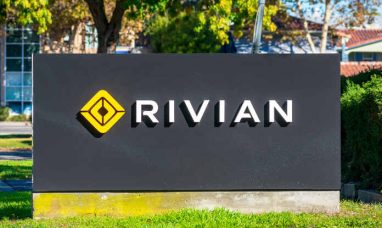Resgreen Group International, Inc. (“RGGI”) (OTC Pink: RGGI), a renowned mobile robot manufacturer, today provided information about its 2D and 3D LiDAR systems, which will enable its autonomous mobile robots (AMRs) to navigate factories, warehouses, and buildings without the use of tape, reflectors, or other markers. The natural feature guidance system scans the facility with 2D and 3D LiDARs to produce a map of the region where the cars will pass. To confirm its location, the car compares its surroundings to a map.
The 3D LiDAR is used primarily in tunneling applications, where the vehicle drives beneath a load handling frame, connects, and takes it to another spot, according to Parsh Patel, CEO of RGGI. While the 3D LiDAR generates a massive quantity of point cloud data that must be processed. He concluded that we employ a 2D slice to instantly detect the vehicle’s exact location, just like a classic laser Time-of-Flight scanner.
Light Detection and Ranging (LiDAR) utilizes laser beams to estimate how long it takes for a pulsed light to hit an object and bounce back. These measurements aid in the creation of a 3D map of the vehicle’s surroundings, which aids in the safe navigation of the vehicle.
Sarah Carlson, the Vice President of Marketing Communication at Resgreen, also gave comments. She said, “Because it is so accurate, LiDAR is used by many of the autonomous vehicles that are on our roadways today. This has made LiDAR systems much more affordable for AMRs. With LiDAR, you get the precision and accuracy you need, without having to worry about any dust or damage to a camera lens, like you do with vision systems.”
To ensure that its cars are compliant with any other ROS systems, RGGI employs two separate ROS-compatible LiDAR systems. At a distance of 14 feet, the LiDAR identifies 60 to 120 degrees in front of and behind the vehicle. RGGI’s LilBuddyTM AMR includes 2D and 3D LiDAR systems. LilBuddyTM is a small vehicle that can transport loads weighing up to 200 pounds.
Featured Image: DepositPhotos © vladem










